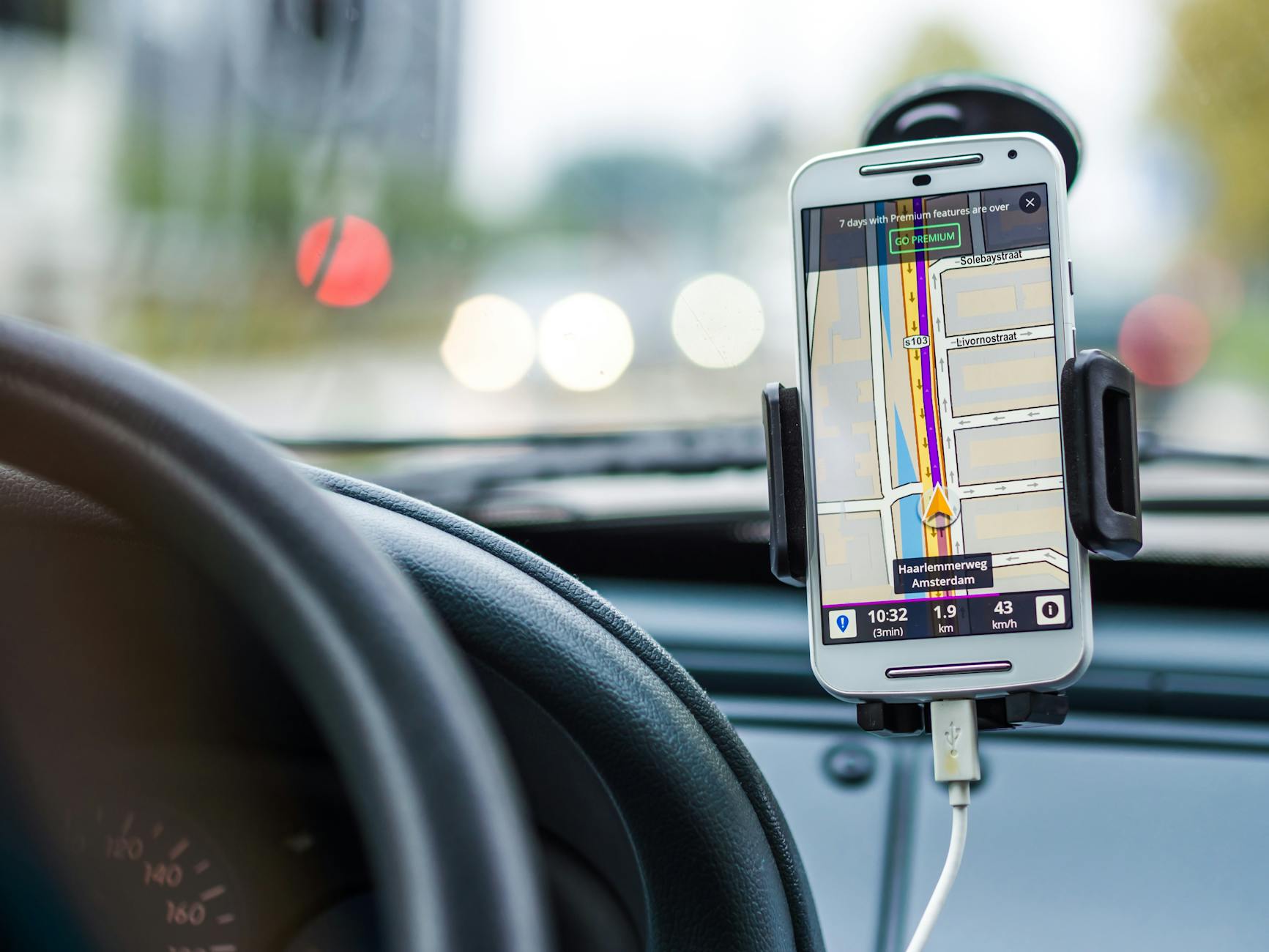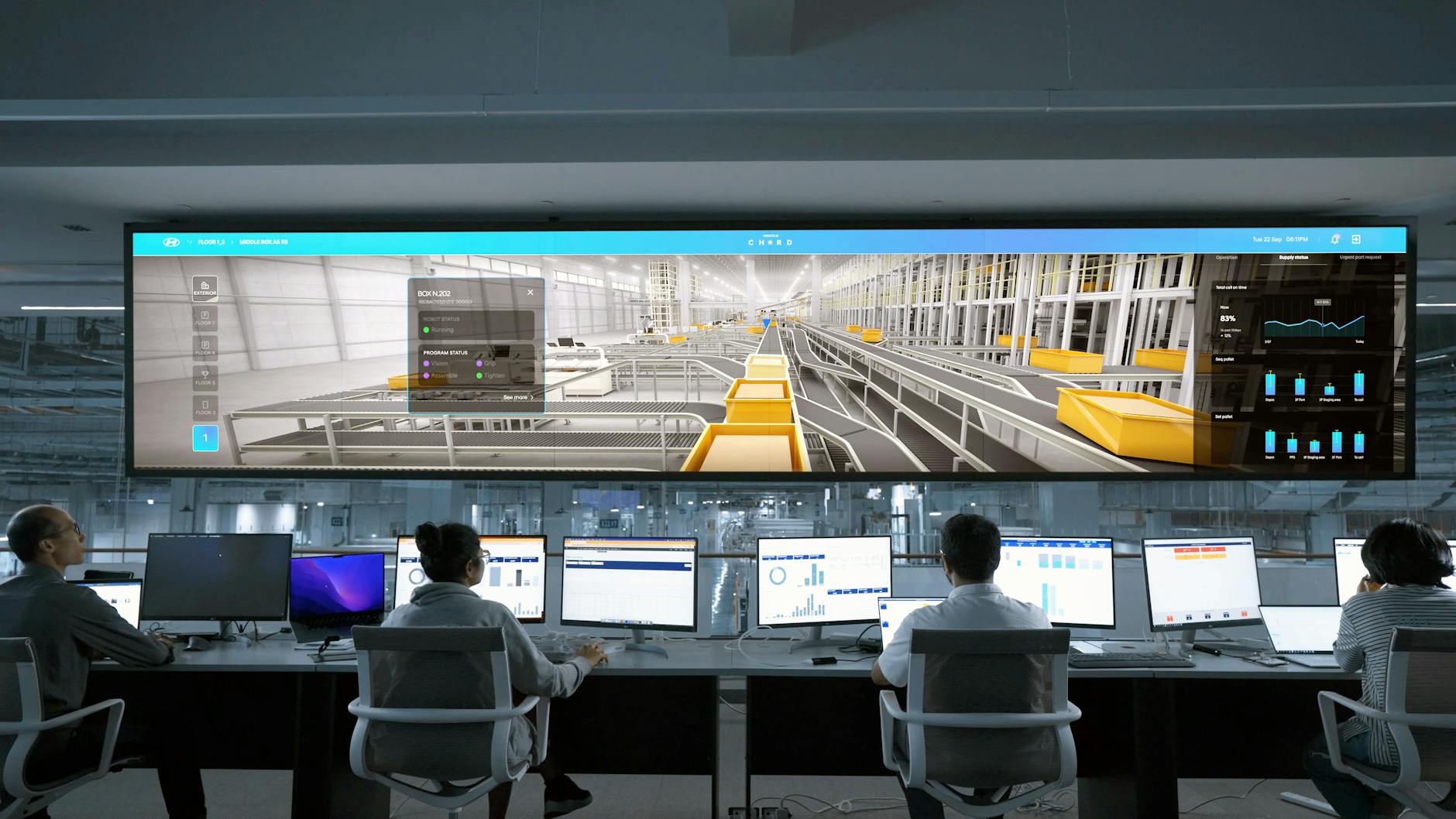Rising costs, labor shortages, and changing traveler demands are squeezing profits across the travel industry. Economic swings, new regulations, and shifting guest preferences make it tough to run a business smoothly. If companies want to stay ahead in 2025, they need to cut out bottlenecks and tighten up every part of their operation.
Streamlined processes help teams save time, reduce mistakes, and keep travelers happy—no matter what surprises the year brings. Unlocking automation, data-driven tools, and smarter workflows isn't just a nice-to-have—it's the path forward for anyone looking to stay flexible and competitive in travel's next chapter.
Leveraging Technology for Enhanced Operational Efficiency
Technology plays a big role in helping travel companies run smoother and faster. By using smarter tools, businesses can work with fewer errors, save on costs, and serve their customers better. Let’s dive into how different solutions can cut routine work, free up staff, and make your workflow snap into place.
Artificial Intelligence and Automation in Reservations and Customer Support
AI is making customer service and reservations much smarter. Think of AI chatbots answering basic questions at any hour, so your human team can focus on real issues. These bots handle booking requests, give instant itinerary updates, and even offer local tips.
Automated responses mean travelers get the info they want, right when they need it—no waiting around for office hours. On top of that, predictive analytics spot trends in bookings and customer behavior. This lets agencies adjust prices and offers, so they don’t miss out on revenue. AI also reduces mistakes from manual data entry, lowering costs and freeing up staff to work on bigger projects.
For a closer look at how AI supports travel, check out this breakdown of real-world uses: 6 Examples of How AI is Used in the Travel Industry.
Cloud-Based and API-First Platforms for Seamless Integration

Cloud-based solutions are replacing clunky, outdated software in travel offices. With cloud platforms, every team—from bookings to accounting—can access real-time data from anywhere. Need to update a reservation or see inventory? Changes appear instantly for everyone on the network.
API-first platforms connect systems that couldn’t talk to each other before. Flights, hotels, payment tools, and CRMs all “speak the same language” now. This means:
- Less manual entry (and fewer typos)
- No more double-bookings or lost customer details
- Teams waste less time copying info from one system to another
Unified solutions also help travel agents react faster when plans change or a crisis hits. For more on how cloud systems are transforming travel, check out these insights on cloud-based software solutions for travel.
Blockchain and Biometric Technologies for Secure, Efficient Transactions
Security and speed are non-negotiable when dealing with personal info and payments. Blockchain makes payments safer by recording each step in a transaction. Every booking, payment, and refund creates an unchangeable digital record—cutting out scams and reducing disputes.
Biometric technologies, like facial recognition and fingerprint scans, are taking the stress out of check-ins and boarding. Guests breeze through hotels and airports without fumbling for paper tickets or IDs. This not only tightens security but shaves minutes off every check-point.
By combining blockchain for payments and biometrics for ID, travel companies can offer smoother, safer experiences—two improvements that keep customers coming back.
Optimizing Operations Through Data-Driven Decision Making

Data is the secret sauce behind the most efficient travel companies today. When every decision is backed by evidence, you cut waste and target your efforts where they matter. Companies that use data-driven strategies react faster, understand guest behaviors, and get the most from every dollar spent. Let’s break down how analytics fine-tune both demand forecasting and daily operations.
Big Data and Predictive Analytics for Demand Forecasting
Travel is full of ups and downs—peak seasons, holidays, sudden weather changes, global events. Guesswork isn’t enough anymore. Predictive analytics steps in by analyzing past travel trends and current customer behaviors to give you a clear picture of what’s coming next.
With big data, travel companies can:
- Spot patterns in booking habits and seasonal swings
- Predict when and where guests will travel
- Personalize offers based on recent searches and trends
- Adjust prices in real time depending on demand signals
For example, analyzing social media chatter, past reservations, and web searches can reveal where interest is building before bookings spike. This lets you staff up, set prices, and prepare inventory before the rush hits—no more scrambling last minute.
Agencies that adopt these methods see clear benefits:
- Higher occupancy rates and less idle inventory
- More targeted marketing with better ROI
- Fewer missed opportunities due to underestimating demand
Industry experts back this up. For a full view of practical applications, see these 5 Use Cases Data Analytics in the Travel Industry and how these tools can boost performance. For a deep dive into how analytics drive efficiency, this data analytics in travel industry guide lays out what works now.
When guest needs change by the hour, you need more than a static plan—you need live updates on your inventory and staff. Integrating real-time tracking systems links your bookings, available resources, and work schedules together. This reduces mix-ups and helps deliver smoother, more reliable service.
Here’s how real-time management pays off:
- Stop overbooking: Automated systems flag when inventory is low so you don’t promise what you can’t deliver.
- Optimize staffing: Real-time data shows where you need more hands and where you can cut back, preventing both shortages and expensive overtime.
- React faster: If a flight is delayed or a hotel is full, instant updates let your team shift resources quickly.
Best practices for success include:
- Set alerts for low inventory thresholds and sudden spikes in demand.
- Use dashboards that show all locations’ inventory and schedules at a glance.
- Automate shift assignments based on forecasted needs, not static schedules.
Companies using data-driven systems for resource allocation run smarter than those relying on guesswork. For more tips on making the most of analytics in daily operations, see this LinkedIn advice on optimizing resource allocation with data analytics and this clear explanation of data-driven operational efficiency and resource allocation.
By turning numbers into insights, travel businesses put themselves in the best position to adapt and thrive—no matter what tomorrow brings.
_______________









0 facebook:
Post a Comment